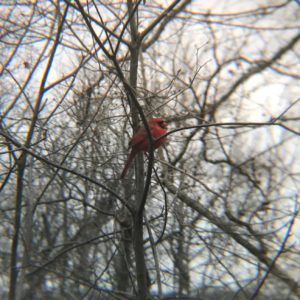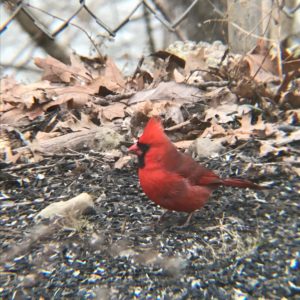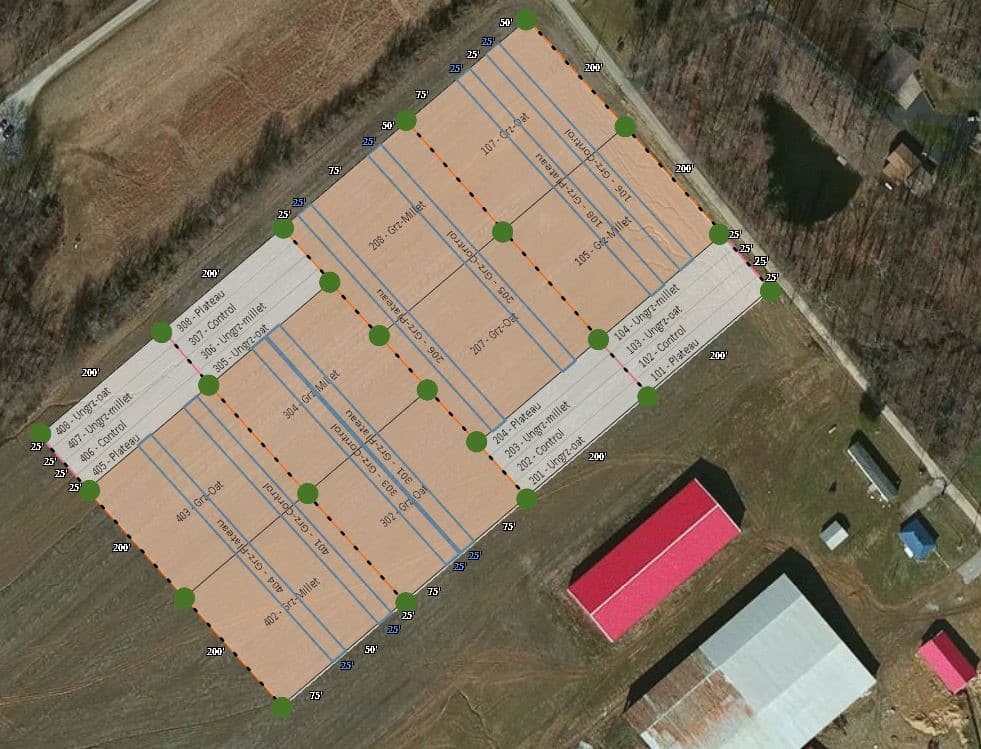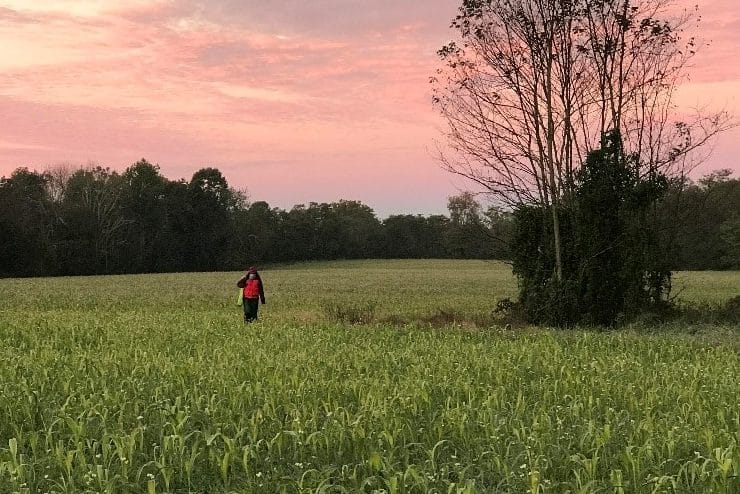

What comes to mind when you see a bright red cardinal in the winter? Beauty. Male. Contrast. Christmas. Charley Harper. What about awe? If you find yourself grumbling about how you don’t want to go outside and fill up the feeder again (because it’s too cold, you just filled it, or because they are costing you a pretty penny), think about how birds are exposed to nonstop cold temperatures this time of year. While our water fowl migrate during winter, most of our local birds (white-breasted nuthatch, finches, Carolina chickadee, northern cardinal, woodpeckers, wrens, tufted titmouse, blue jay, mourning dove, and more) tough it out all winter long. Clearly if they are so well adapted to survive cold winters, they could forage their own seeds and insects, but it’s a win-win to give them a little energy boost while getting to enjoy some local wildlife. In fact, most passerines (perching birds) are eating as much as they can during the day just to make it through the night. An excuse you don’t have this holiday season. On really cold nights, tiny chickadees and other passerines undergo ‘nightly hypothermia,’ meaning they use up all of their energy to keep warm by shivering. Birds would probably shiver themselves right off the branch if it weren’t for their special gripping feet. I know what you’re thinking, those dainty feet look as if they might break just by landing! The tendons in their feet have an involuntary reflex that automatically locks their toes around the perch when they land and unlocks when they straighten their legs. Now you know why birds make it look so easy to perch up on the tiniest branch at the tip top of a tree.
You don’t have to have fur like a deer or coyote to rock a winter coat. Passerines have quite the stylish and practical winter coats, made with a new set of down feathers. Fluffing up these feathers creates warm air pockets and keeps cold air away from their skin. Sorry to break it to you that birds aren’t looking like cute little puff balls for your enjoyment (although I do tend to want to give birds more food when they look like that). A common misconception about birds is their nesting area. Nests are used during breeding season in the spring and summer. This time of year, most birds don’t have a designated home, so they roost in a new spot every night. Some birds use old woodpecker holes and cavities in trees or seek out evergreens, thickets, and shrubby areas for protection from both predators and low temperatures. I encourage you to not only give our feathered friends mad props while they are crunching their way through your seed, but to go on a hike to look for small tree cavities and other good overnight roosting spots.
~Tracy






